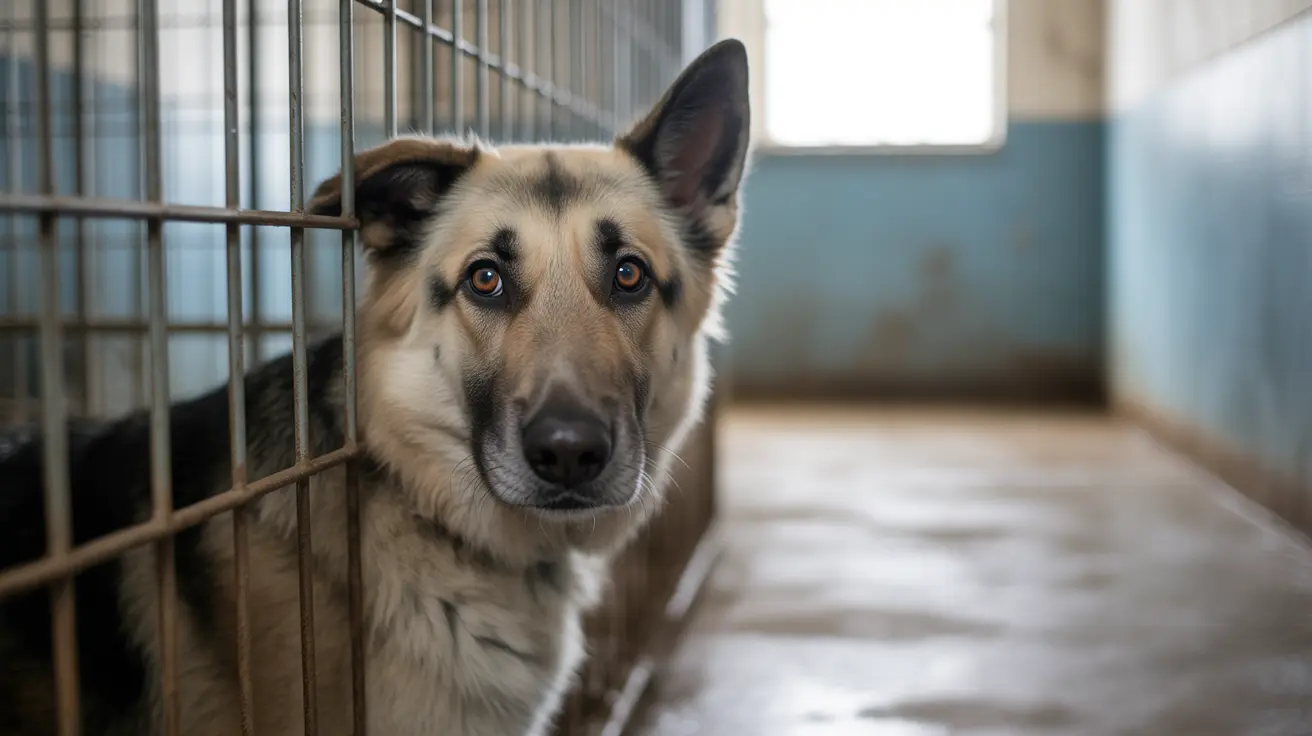Austin Seeks New Animal Services Director Amid Community Involvement
The City of Austin is at a critical juncture in selecting its next Austin Animal Services Director, with animal welfare advocates actively participating in the hiring process to ensure the right leadership takes charge. During a pivotal meeting this week, passionate advocates gathered to provide input on what qualities and experience the new director should bring to address ongoing challenges facing the municipal animal shelter system.
Austin Animal Services has faced significant scrutiny in recent years, making the selection of new leadership particularly crucial for the thousands of animals that depend on the city's shelter services annually. The involvement of advocacy groups signals a community-driven approach to finding a director who can navigate complex animal welfare issues while maintaining Austin's commitment to being a pet-friendly city.
The timing of this leadership transition comes as many municipal animal shelters across the nation grapple with overcrowding, resource constraints, and evolving public expectations for animal care standards. Austin's selection process reflects a broader trend toward more transparent and community-involved hiring practices for key animal services positions.
Austin Animal Services Strategic Plan and Future Direction
The new Austin Animal Services Director will inherit both opportunities and challenges in implementing the city's long-term animal welfare goals. Austin has historically positioned itself as a leader in progressive animal welfare policies, and the incoming director will need to build upon this foundation while addressing current operational concerns.
Effective animal services leadership requires balancing multiple priorities: public safety through animal control services, compassionate care for shelter animals, and community engagement to promote responsible pet ownership. The director will oversee staff training, budget management, and policy implementation that directly impacts animal welfare outcomes.
Austin No-Kill Shelter Goals and Live Release Rates
Austin's commitment to maintaining its status as an Austin no-kill shelter remains a cornerstone of the city's animal welfare philosophy. This policy framework requires shelter leadership to maintain high live release rates through innovative programs including foster networks, adoption initiatives, and community partnerships.
The no-kill model demands sophisticated data tracking, robust volunteer coordination, and strategic resource allocation. The new director will need to demonstrate experience in sustaining these complex operations while adapting to changing community needs and animal intake patterns.
Austin Animal Center Leadership Challenges
Leading the Austin Animal Center requires navigating the intersection of animal welfare, public policy, and community expectations. The facility serves as both a safety net for homeless animals and a community resource for pet-related services including licensing, lost pet recovery, and educational programming.
Modern animal shelter leadership involves crisis management skills, as directors must respond to disease outbreaks, natural disasters, and fluctuating animal intake numbers. The position also requires strong communication abilities to work effectively with city council, media, and diverse community stakeholders.
Addressing Austin Animal Shelter Overcrowding
Like many growing cities, Austin faces ongoing challenges with animal shelter overcrowding, particularly during peak intake seasons. The new director will need to implement creative solutions to manage capacity while maintaining care standards for all animals in the facility.
Successful overcrowding management typically involves expanding foster programs, streamlining adoption processes, and developing partnerships with rescue organizations. These initiatives require both operational expertise and community relationship-building skills.
Austin Animal Services Reforms and Policy Changes
The incoming director will likely oversee various Austin Animal Services reforms designed to improve operational efficiency and animal outcomes. Reform initiatives often focus on staff development, facility improvements, and program expansion to better serve both animals and the community.
Policy development in animal services requires understanding of local ordinances, state regulations, and best practices from other successful municipal programs. The director must balance innovation with practical implementation considerations.
Community Involvement and Volunteer Programs
Strong Austin animal shelter volunteer programs form the backbone of successful municipal animal services operations. The new director will need to cultivate and expand these community partnerships to maximize the shelter's impact with available resources.
Volunteer coordination involves training development, scheduling systems, and recognition programs that keep community members engaged long-term. These programs often provide crucial supplemental support for animal socialization, adoption events, and administrative tasks.
Frequently Asked Questions
- What does the Austin Animal Services Director do? The Austin Animal Services Director oversees all operations of the city's animal shelter and control services, including staff management, policy implementation, budget oversight, and community engagement. They ensure compliance with no-kill policies while managing animal intake, care, and placement programs.
- How is Austin Animal Services addressing shelter overcrowding? Austin Animal Services addresses overcrowding through multiple strategies including robust foster programs, streamlined adoption processes, partnerships with rescue organizations, and community outreach to promote spay/neuter services and responsible pet ownership.
- What is Austin's no-kill policy and how is it being maintained? Austin's no-kill policy aims to maintain high live release rates by saving all healthy and treatable animals. This is maintained through comprehensive medical care, behavioral rehabilitation programs, extensive foster networks, and partnerships with rescue groups to ensure animals find appropriate placements.
- How can pet owners get involved in Austin Animal Services reforms? Pet owners can participate by volunteering at the shelter, fostering animals, attending community meetings, providing input during public comment periods, and supporting local animal welfare initiatives through advocacy and donations.
- What changes are coming to Austin Animal Services under the new leadership? While specific changes depend on the selected director's vision, anticipated improvements may include enhanced volunteer programs, facility upgrades, expanded community services, improved data tracking systems, and strengthened partnerships with local animal welfare organizations.
The selection of Austin's next animal services director represents more than a routine hiring decision—it's an opportunity to strengthen the city's commitment to animal welfare while building stronger community partnerships that benefit pets and families throughout the region.






